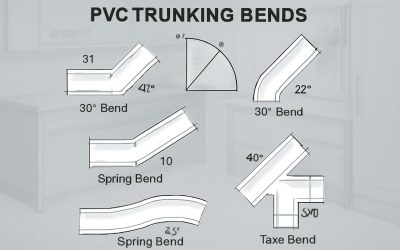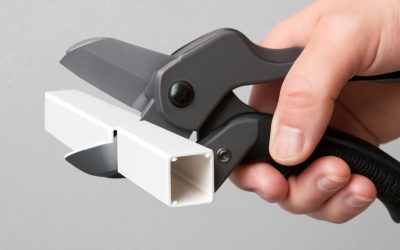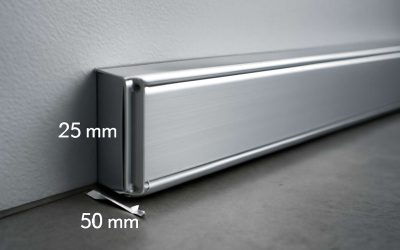If you’re an electrician working on projects that involve routing cables and wires, you’ll know the importance of using electrical trunking. It’s a safe and secure way to protect wires and prevent damage, and helps to keep them organized.
A cable duct or trunking system is an enclosure usually with a rectangular cross section, and often with one removable or hinged side. It’s used to help with routing and covering electrical cables so that they’re protected from accidental damage, dust and water ingress. It can be used in a variety of applications, whether it’s to route wires and cables for safety reasons or just to improve the aesthetics of a room.
Electrical trunking is typically made from a durable plastic material that’s designed to resist crushing and abrasion. It can be found in a range of widths and lengths, so there’s usually an option to suit any situation or project. Some of the benefits of using electrical trunking include that it can be easily cut to size and fitted with connectors if required, as well as being resistant to rusting or corroding. It can also be secured in place with a variety of different locking mechanisms depending on the manufacturer.
Unlike some other forms of wiring, such as cable tray, electrical trunking can be easily buried underground or placed in a ceiling without having to open up walls or floors. This makes it a very popular alternative to traditional wire runs and other wiring solutions, particularly when the location doesn’t lend itself to having the cabling on show. It can be a cost-effective way to protect and route cables, especially in commercial or industrial installations.
There are various types of electrical trunking to choose from, ranging from flexible tubing to metal conduit and wiring ducts. For flexibility and ease of installation, flexible tubing is generally the best choice. However, if you want it to be more secure and not move around too much, then a metal semi-rigid or even a fully rigid conduit might be better for your needs. Metal conduit and wiring ducts can be more difficult to install as they tend to be heavier than other options, but may offer the best protection against interference and cross-talk.
Some of the more modern types of electrical trunking can also be used in homes to protect cords from damage and make it easier for people to access outlets if they need to be plugged in or unplugged. It’s also a good option to use in areas where there might be a lack of space, such as behind a desk, to help keep wires organised and not getting tangled or damaged.
For any wiring project that involves running cables in a wall, ceiling or floor, electrical trunking is an easy and effective way to protect them from damage and maintain a professional appearance. You can find plastic or metal trunking in a wide range of sizes, shapes and fittings to suit all requirements, and there are also accessories such as connectors and locks available to make the job as simple as possible.



0 Comments